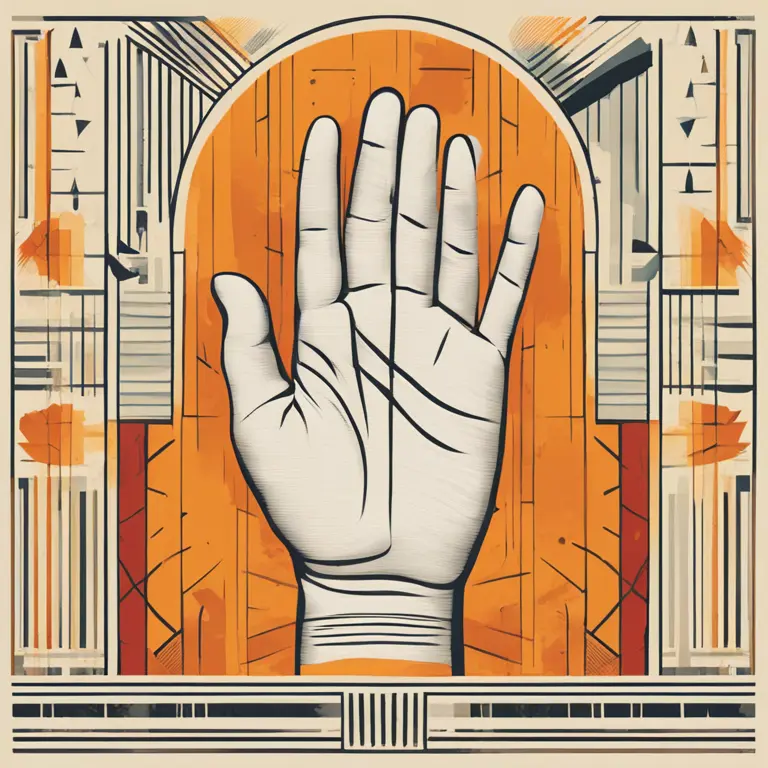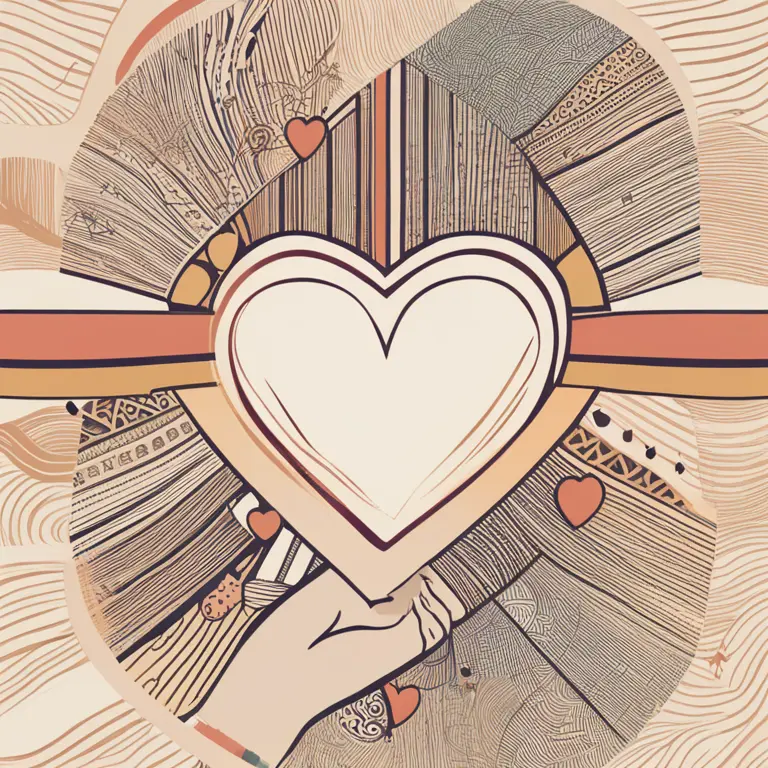
Do Palm Lines Evolve Over Time?
Discover how the changing patterns in your palms might reflect life's journey and personal growth.
article by Nora Pennington
The Science Behind Palmistry
In the ancient art of palmistry, it is believed that an individual's palm is a mirror of their life story, echoing personal evolution and major life changes. Contrary to popular belief, palm lines are not static; they can indeed transform as we age. This reflects the dynamic nature of our lives, embodying a record of our past, present, and potential future. The palmar creases, or lines, are formed during the fetal development stage and are subject to slight changes as we grow older due to the skin's elasticity and how our hands are used in daily activities.

Life Lines and Their Adaptability
The life line is one of the most scrutinized palm lines in palmistry. Starting between the thumb and the index finger, the life line extends around the thumb’s base. It is commonly associated with longevity and vitality. As one ages, the life line may deepen, stretch, or even fray, potentially reflecting major life transformations such as health changes or shifts in lifestyle. These modifications are seen as indicators rather than causal, providing potential insights into an individual's life path.

Heart Lines: Emotional Journey Markers
The heart line, typically found at the top of the palm, symbolizes emotional experiences and heart-related matters. Changes in this line may denote shifts in emotional states or relationships over time. For instance, the appearance of breaks or branches in the heart line can indicate both past heartbreaks and new emotional beginnings. It is worth contemplating how these changes correspond with personal emotional histories and growth.

Fate Line Transformations
The fate line, which sometimes is absent entirely from an individual's palm, is attributed to career and life successes. When present, variations in its clarity and trajectory might reflect changes in personal ambitions or professional paths. Significant career changes, such as promotions or shifts in industry, can coincide with the emergence of new lines or alterations in the fate line's direction or depth.

Your Hands as Indicators of Change
Palmistry enthusiasts often note that hand lines undergo subtle shifts as one grows older. Engagements in different types of physical labor or the development of hobbies that involve intricate manual tasks can influence the deepening or formation of additional lines. Changes in these lines are not just random occurrences but meaningful reflections of lived experiences. It’s these intricate changes that palmistry readings seek to interpret.
Monitoring Palm Lines Over Time
For those curious about their palm lines' progression, it’s suggested to regularly study and photograph their palms to track any changes. This personal record can be fascinating and revealing, as it may narrate a story of individual growth and development. Tracking these changes over time adds an experiential dimension to the study of palmistry, further personalizing the practice.
Interpreting Lines with Modern Insights
It’s vital to pair the wisdom of palmistry with contemporary knowledge from fields such as dermatoglyphics, the study of fingerprints and skin patterns, and psychology. This approach can offer a more nuanced understanding of how both genetics and environment may play roles in the ever-adapting landscape of our palms, enriching the interpretations and personal insight one can derive from palm reading.
Published: 2/1/2024
Modified: 2/1/2024
More predictions
Come back here soon to learn more about yourself and your future


The Secrets of Solestry: Palmistry's Footprint
Delve into the lesser-known world of solestry, the art of reading feet, for insights into personality and fate akin to palmistry. A fascinating exploration awaits.


The Essence of Palmistry: Insights Through Hand Analysis
Discover the ancient art of palmistry and how reading your palm's lines can reveal insights into your personality, potential, and life's journey.


Palmistry's Essential Lines: A Guide to Hand Reading
Delve into the mystique of palmistry with this insightful guide to the key lines in hand reading, revealing personal insights and future tendencies.